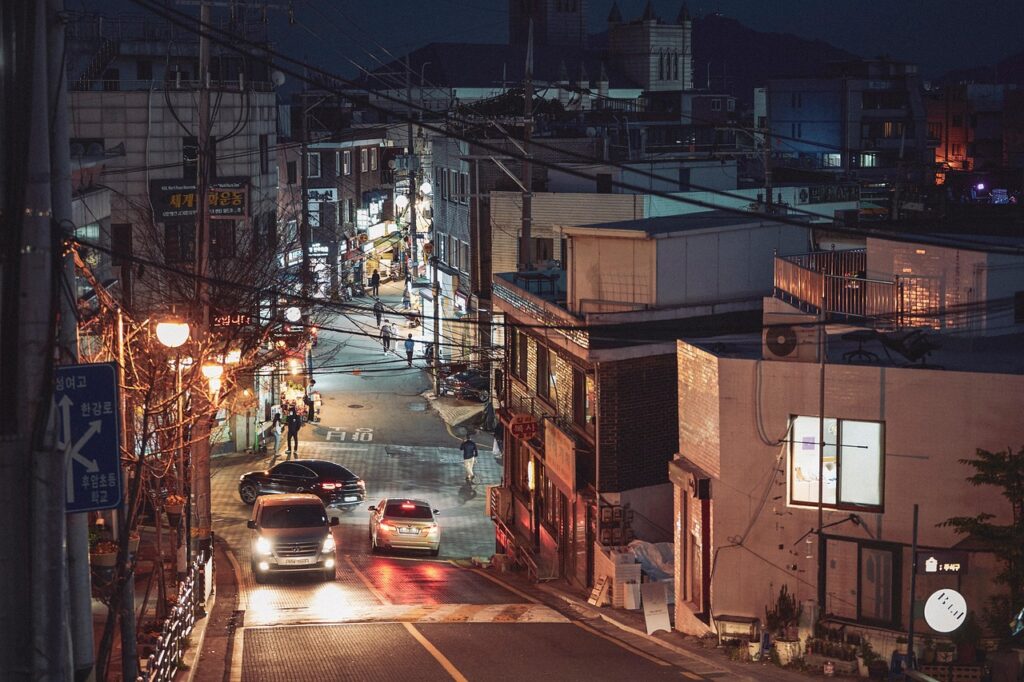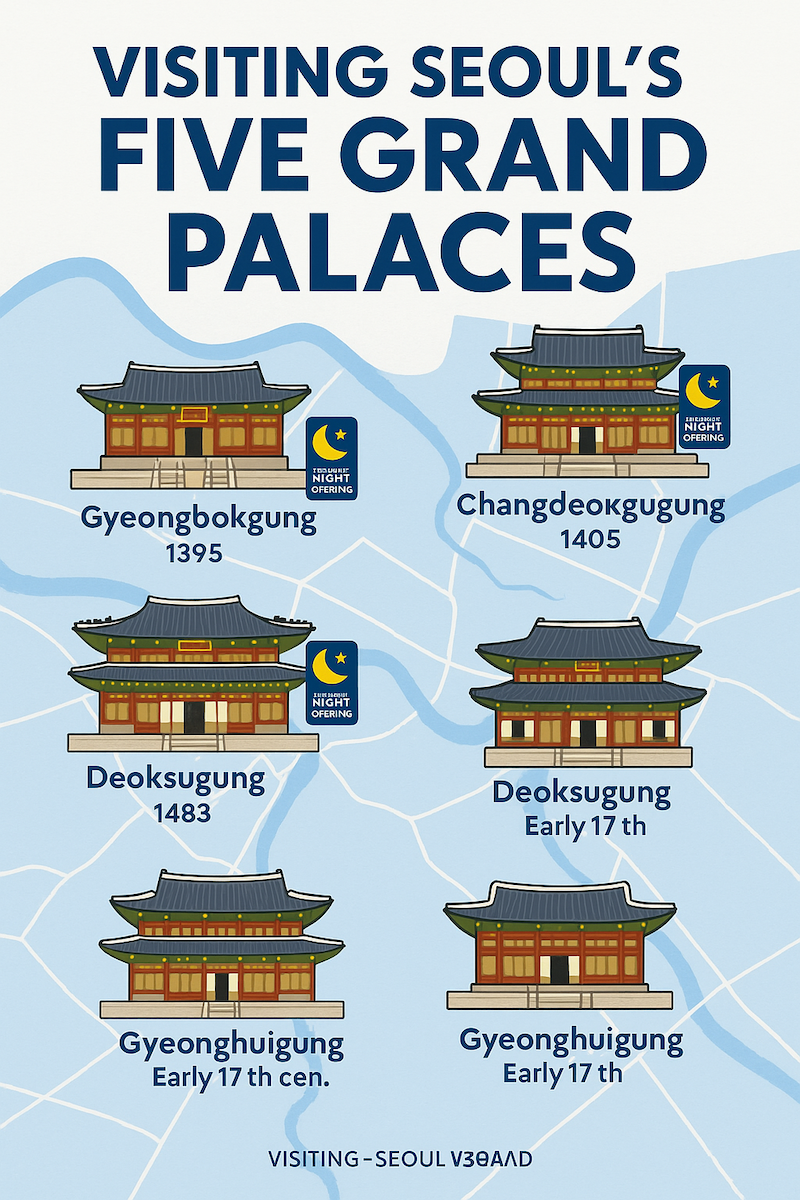Flying from Singapore to Korea doesn’t have to be expensive—or confusing. If you plan smart, you can lock in cheap fares, pass immigration smoothly (including K-ETA exemption for Singaporeans through 31 Dec 2025 and the new e-Arrival Card), and stretch your dollar on food, transport, and shopping without missing out on what makes Korea special. This guide is written for Singaporeans, with cost benchmarks, route tactics, packing lists that match Korea’s seasons, and cultural shortcuts—right down to rainy-day etiquette (yes, that cool umbrella-dryer culture you’ll see at subway stations and department stores).
Quick immigration update for 2025: Singapore passport holders are exempt from K-ETA until 31 Dec 2025; from 24 Feb 2025, travelers must submit an e-Arrival Card within 3 days before arrival. Always check the Embassy of Korea in Singapore and the official K-ETA site before you fly.

1) Decide when to go (and how to pay less)
Shoulder seasons = better prices + better weather
- Late Mar–Jun (spring): flowers, mild temps, fewer downpours.
- Mid-Sep–Nov (autumn): foliage, crisp air, peak vibe without summer humidity.
- Avoid price spikes: major Korean holidays, cherry-blossom peak weeks, and Christmas–New Year.
Fare tactics that actually move the needle
- Track fares on Google Flights / Skyscanner; set alerts for SIN–ICN and SIN–PUS (Busan).
- Be open to Tue/Wed departures and red-eyes.
- Try open-jaw (arrive ICN, depart PUS) if the total is cheaper.
- Use miles/points or flexi cards to offset taxes and surcharges.
Benchmark for return fares (economy)
- SGD 350–500 (promo/LCC or flash sales) to SGD 600–800 (typical peak). That’s your sanity check for “is this cheap?” (Fares fluctuate; use alerts.)
2) Immigration & documents (Singaporeans, 2025 edition)
- Visa: Singaporeans are visa-free for short stays (≤90 days). Home
- K-ETA: Temporarily exempt for Singaporeans until 31 Dec 2025. You can still apply voluntarily if you prefer, but it’s not required during the exemption window. 해외안전여행+1
- e-Arrival Card: Mandatory from 24 Feb 2025; submit online within 3 days before arrival. 해외안전여행+1
- Passport: Valid for the duration of your stay (bring digital + physical copies of key docs).
Always reconfirm on K-ETA and the Korean Embassy (Singapore) pages right before departure; entry rules can change. k-eta.go.kr+1
3) Where to land (and why it matters for price)
- ICN (Incheon, Seoul): Most options, best fares competition, smooth transfers to Seoul Station (AREX/Express).
- GMP (Gimpo, Seoul): Closer to city; good for domestic links (e.g., Jeju).
- PUS (Busan): Sometimes cheaper on promos; pairs well with an open-jaw trip (Busan → Seoul KTX).
Open-jaw example
Day 1–2 Busan → KTX to Seoul → fly out ICN. You save backtracking time and sometimes cash.
4) Smart accommodation playbook
Targets by traveler type
- Budget solos: Hostels/guesthouses around Hongdae/Ewha, Busan Seomyeon, Jeju City.
- Value couples/friends: 2–3★ business hotels near subway hubs (Myeongdong, Euljiro, Jongno-3ga, Gangnam).
- Groups/longer stays: Apart-hotels or legit rentals with laundry and kitchenette; book early.
Rules of thumb
- 5–8 min walk to a subway exit beats a slightly cheaper room far away (you’ll make it back in time/energy).
- Free cancellation + watchlist: lock a cancellable rate, then pounce when flash promos pop.
5) Your 2025 budget (realistic, Singapore-style)
Daily estimate (mid-range comfort): SGD 90–150
- Meals: KRW 9,000–25,000 (SGD ~9–25) per meal (mix convenience meals, markets, casual restaurants).
- Transport: KRW 1,250–2,500 per city ride; KTX is pricier but time-efficient.
- Attractions: KRW 5,000–30,000 typical.
- Coffee/tea/bubble tea: KRW 2,500–7,000.
Tip: If you’re used to Singapore prices for cafes, Korea will often feel equal or cheaper—especially outside tourist cores.
6) Move like a local (and avoid time sinks)
City transport
- Grab a T-money (or compatible mobile card) on Day 1.
- Naver Map / KakaoMap for transit accuracy; Papago for translations.
- Taxis are fair; late-night or luggage days they’re worth it.
Intercity
- KTX for Seoul↔Busan/Daegu/Daejeon (book early for peak).
- Express/Intercity buses are cheaper, with great coverage.
- Flights only when you must (e.g., Jeju).
7) Food that’s big on flavour, small on price
- Gimbap & dosirak shops for fast, balanced meals.
- Traditional markets (Gwangjang, Tongin, Seomun) for authentic snacks.
- Convenience store sets (triangle kimbap, cup ramyeon + add-ons) for late nights.
- Lunch deals at casual Korean eateries (look for set menus).
- Banchan bonus: many places include free side dishes—value adds up.
Allergy/Halal/veg notes
- Learn 2–3 key phrases in Korean or show a translated card via Papago.
- Seoul has expanding Halal/veg options (Itaewon, university areas).
8) Shopping without buyer’s remorse
- Beauty/skin care: Wait for 1+1 or bundle promos; compare Olive Young vs brand flagships.
- Tax refunds: Passport ready at participating stores; claim at airport kiosks.
- K-pop/merch: Compare online vs physical; watch out for unofficial goods around hotspots.
- Groceries/snacks: Mart promos are powerful—carry a foldable tote.
9) Weather-proofing & packing (Singaporean-proof checklist)
Spring (Mar–Jun): Light layers, compact umbrella, allergy meds if needed.
Summer (Jun–Aug): Hot + humid + rain—quick-dry clothes, UV cap, portable fan.
Autumn (Sep–Nov): Layering is king; mornings/evenings can be chilly.
Winter (Dec–Feb): Heat-tech base, insulated jacket, beanie, gloves, lip balm.
Universal must-pack
- International card(s) + a backup.
- Dual-voltage charger, Type F adapter (Korea uses 220V, round pins).
- Small microfiber towel for rainy days (more below).
10) Rainy-day etiquette (the “wow, Korea!” moment)
Korea ditched most single-use plastic umbrella sleeves in favour of manual wipers (cylinders you twist to strip water) and automatic air-dryers at department stores and some public buildings. It’s eco-friendly, keeps floors safe, and it’s… oddly satisfying.
Do this like a local
- Before entering, wipe or blow-dry your umbrella.
- If you see a bucket/stand, leave it there rather than dripping through the shop.
- Carry a slim microfiber towel for your bag/phone—rain + humidity can sneak in.
(Your readers will love this detail; it’s the kind of lived-experience note that makes a post feel real.)
11) 5-day sample itinerary (budget-efficient, Singapore-paced)
Day 1 — Land & settle (Seoul)
AREX to city → Myeongdong street eats → Namsan/N Seoul Tower night view.
Day 2 — Royal core + tradition
Gyeongbokgung + Bukchon Hanok → Insadong tea → Cheonggyecheon stroll.
Day 3 — Youth culture + river
Hongdae brunch → Yeonnam-dong cafes → Han River evening picnic.
Day 4 — Day trip or Busan leg
Option A: Suwon Fortress / DMZ tour.
Option B: KTX to Busan → Gwangalli or Haeundae sunset.
Day 5 — Markets & fly
Gwangjang or Namdaemun market → last-minute beauty buys → airport tax refund & home.
Tweak for seasons
- Summer: plan indoor museums/cafes in midday heat + rainy backups.
- Autumn: time foliage at city parks or nearby mountains.
- Winter: hot soups (sundubu, kalguksu), jjimjilbang (sauna) experience.
12) Money moves that protect your budget
- Use multi-currency cards with low FX fees.
- Withdraw cash at bank ATMs (not convenience store ATMs with high fees).
- Split bills via mobile wallets where accepted; otherwise keep small notes/coins.
13) Connectivity & apps you’ll actually use
- eSIM or pocket Wi-Fi on arrival (book ahead).
- Naver/Kakao Map (Apple/Google Maps aren’t as precise locally).
- Papago for menus, signs, quick convo.
- NaverPay/KakaoPay ecosystem expands—great if you’ll return often, but don’t rely on it for a first short trip; bring physical cards.
14) Safety, health & common-sense stuff
- Korea is generally safe; still, zip bags in crowds, mind late-night alleys.
- Buy travel insurance (medical + delays).
- Pharmacies are reliable; bring personal meds and allergy info.
- Tap water is treated; many visitors still prefer bottled or boiled.
15) Pre-flight checklist (48–72 hours)
- e-Arrival Card submitted (within 3 days pre-arrival). 해외안전여행
- Reconfirm accommodation and airport transfer time.
- Screenshots of codes: booking refs, QR passes, eSIM instructions.
- Weather check → adjust layers and rain plan.
- Currency/card test (small purchase) to ensure nothing is blocked.
TL;DR for Singaporeans
- Hunt shoulder-season deals; set fare alerts for SIN–ICN and SIN–PUS.
- In 2025, no K-ETA needed for Singaporeans (until 31 Dec 2025), but you must file an e-Arrival Card pre-arrival. 해외안전여행+1
- Base budget SGD 90–150/day (mid-range).
- Use T-money, Naver/Kakao Map, Papago.

